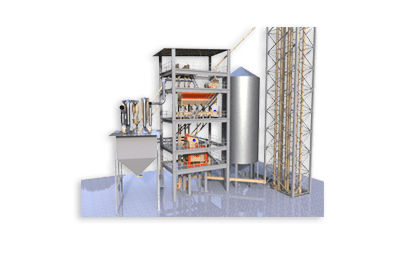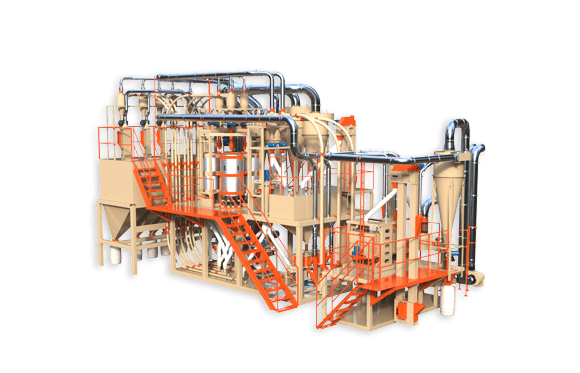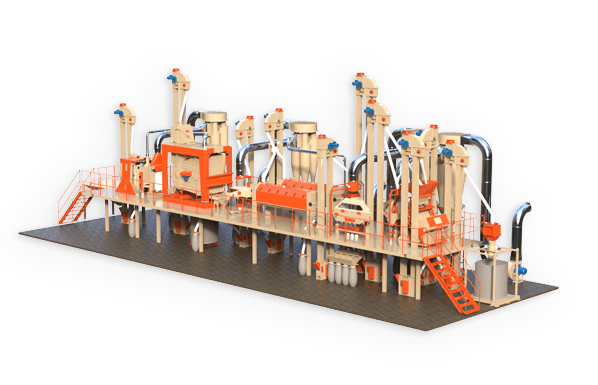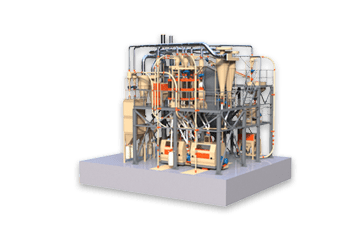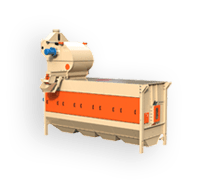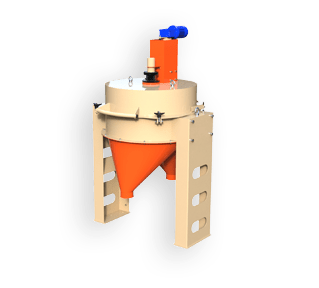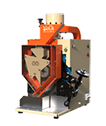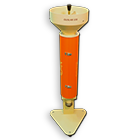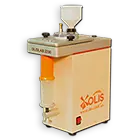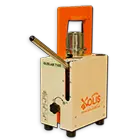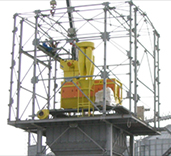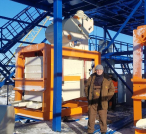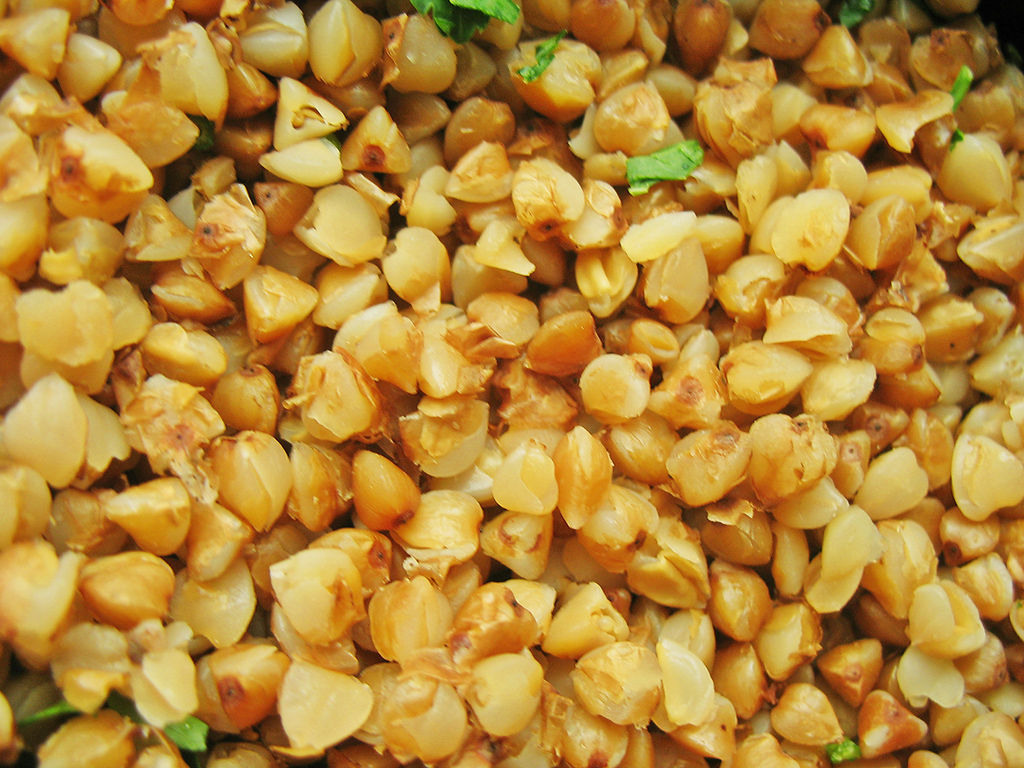Buckwheat is a herbaceous plant popular in agriculture. Grain is an invaluable food product. Due to its rich vitamin and mineral composition, it is widely used in the diet of people and animals. To obtain the highest quality product, the entire harvested crop is processed using specialized equipment, and in several stages.
Buckwheat processing technology is a time-consuming and resource-intensive process. But it is necessary. Untreated grain cannot be stored and may be spoiled due to exposure to pathogenic microorganisms.
Technological properties of buckwheat
The productivity of each individual variety and its resistance to negative environmental factors are determined by a set of technological properties. As a rule, grain is characterized by organoleptic properties, namely:
- color – an ordinary kernel is beige in color with a yellow or slightly green tint, fast-cooking cereal is a little darker, the shade may change slightly during storage;
- the smell is characteristic of buckwheat, not musty, without signs of mold;
- The taste is lightly sweetish, no extraneous flavors, bitterness or acidity are allowed.
In addition, physical and chemical indicators are important:
- mass fraction of moisture – 13% for long-term storage and 14% for current consumption;
- percentage of benign grains – 98-99% depending on the variety of buckwheat;
- trash – less than 1%;
- mineral admixture – 0.05%
- flour – 0.1-0.5% depending on the variety;
- damaged kernels – less than 1%;
- cookability – 25%;
- metallomagnetic impurity – 0.03 mg per kilogram of cereal;
- acidity – no more than 4.5;
- acid number of fat – 13 mg KOH per 1 gram of fat;
- aerobic and anaerobic microorganisms – 1 to 10 in the 4th degree of growth;
- fungus – 2 to 10 in the 2nd degree of growth;
- E. coli bacteria are not allowed;
- infestation by pests is not allowed.
Some values are specific to a particular buckwheat variety. Therefore, it is necessary to differentiate between the analyzes of grains of the first and fourth grades, as well as the product used for further processing.
Technologies of buckwheat production processes
Production of cereals includes several stages. Conventionally, they can be divided into the following groups:
- mechanical – grinding, sorting, pressing, transportation;
- hydromechanical – mixing, sorting;
- related to the effects of heat – heating, evaporation, cooling and condensation;
- mass transfer – operations performed at the molecular level (absorption, adsorption, distillation, rectification, extraction);
- chemical – transfer of a substance from one form to another.
For each process, specific technological equipment is used, which allows the operation to be performed with the highest quality and low energy consumption.
Thus, special mills are used to grind the grain and clean it from the shell. For pressing – squeezing machines of various types of action. For sorting – a set of sieves with different hole diameters that allow you to separate small grains from large ones. For peeling – centrifugal peelers.Separate equipment (steamers, dryers, extractors) is used for certain operations necessary for processing a particular grain.
Technological operations for the production of buckwheat
All actions with the collected grain are helped by equipment for the production of buckwheat. When buckwheat enters the production line, it first undergoes a grain cleaning procedure. As a result of certain operations, foreign impurities and incomplete grains are removed from the total mass. The process occurs through the use of a stone separating machine and a pre-sorting sieve.
Next follows the stage of hydrothermal treatment. Clean grain is placed in a steamer. In it, the future cereal undergoes a special treatment, which allows the husk to be cleaned as efficiently as possible. The steaming procedure also helps strengthen the grain itself, improve its nutritional properties and reduce cooking time. The buckwheat is in the apparatus for one hour. The temperature is set to 130 degrees Celsius.
Then comes the calibration process. The mixture of grains is sifted through a structure consisting of several sieves with different hole diameters. As a result, we get several fractions of buckwheat. This stage allows you to weed out grains that are too small or spoiled.
The next operation is peeling and grinding. The hard-to-digest fruit shell is completely removed. The concentration of fiber and pentosans decreases slightly, and the protein content increases.
Fully prepared buckwheat grain is subjected to dry roasting, as a result of which we obtain buckwheat suitable for human consumption. Roasted and cooled grain is subject to sorting by a detector. At this stage, damaged dark elements are eliminated. In addition, re-sorting is carried out on husks, sorting sieves and grit separators. As a result, unpeeled and damaged grain is separated, improving the quality of the final product.
Only after completion of all stages of processing, the well-dried product is packaged in bags and delivered to warehouses for subsequent storage.
For additional information and advice, please call:
☎ +38 (067) 822-85-58.


